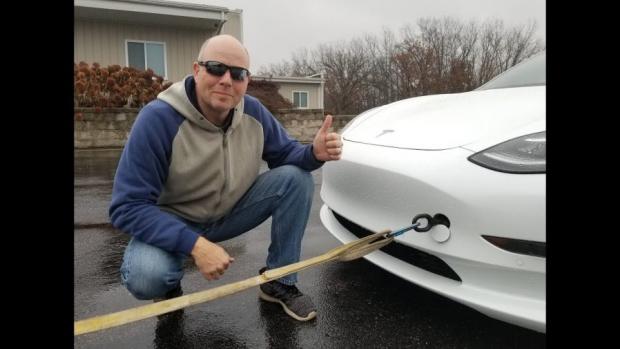
Breaking News
 Rule by Thieves: The Police State Becomes a Pay-to-Play Shadow Government
Rule by Thieves: The Police State Becomes a Pay-to-Play Shadow Government
 What Has Bitcoin Become 17 Years After Satoshi Nakamoto Published The Whitepaper?
What Has Bitcoin Become 17 Years After Satoshi Nakamoto Published The Whitepaper?
 These Are The World's Most Militarized Economies
These Are The World's Most Militarized Economies
Top Tech News
 Japan just injected artificial blood into a human. No blood type needed. No refrigeration.
Japan just injected artificial blood into a human. No blood type needed. No refrigeration.
 The 6 Best LLM Tools To Run Models Locally
The 6 Best LLM Tools To Run Models Locally
 Testing My First Sodium-Ion Solar Battery
Testing My First Sodium-Ion Solar Battery
 A man once paralyzed from the waist down now stands on his own, not with machines or wires,...
A man once paralyzed from the waist down now stands on his own, not with machines or wires,...
 Review: Thumb-sized thermal camera turns your phone into a smart tool
Review: Thumb-sized thermal camera turns your phone into a smart tool
 Army To Bring Nuclear Microreactors To Its Bases By 2028
Army To Bring Nuclear Microreactors To Its Bases By 2028
 Nissan Says It's On Track For Solid-State Batteries That Double EV Range By 2028
Nissan Says It's On Track For Solid-State Batteries That Double EV Range By 2028
 Carbon based computers that run on iron
Carbon based computers that run on iron
 Russia flies strategic cruise missile propelled by a nuclear engine
Russia flies strategic cruise missile propelled by a nuclear engine
 100% Free AC & Heat from SOLAR! Airspool Mini Split AC from Santan Solar | Unboxing & Install
100% Free AC & Heat from SOLAR! Airspool Mini Split AC from Santan Solar | Unboxing & Install
Can You Tow Charge A Tesla Model 3? Watch To Find Out

Most electric vehicles have a special superpower. Pull them down the road using another vehicle — rolling down a steep incline has a similar effect — and the regenerative braking function can actually put power back into the battery. Turns out, the Tesla Model 3 is no exception here and can also pull off this party trick if needed. How do we know? The Tech Forum YouTube channel, hosted by Matt Shumaker, has posted a couple of videos of the car doing just that and they're a lot more interesting than one might suspect. The first video (above) shows their initial attempts at the range-extension technique, while the second (below) sees them try it again and attempt to acquire some useful data.
Now, between the two towing attempts, Shumaker updated his car's software to version 9. That may have had a slight effect on his results, as he says regen is a bit stronger with the updated software. Also, while the distance covered in the first video was less than a mile, the second test, performed on a flat loop in a residential neighborhood at low speeds, was a full mile.
As they pull, the screen in the Model 3 screen energy consumption screen displays the effect of the electricity being generated, which, for the most part, measures out at a little more than 1 kWh per mile. Though, as we said, the experiment was conducted at low speed, going faster wouldn't necessarily put even more energy back in, as that rate is limited by the car.

 Known vs Unknown
Known vs Unknown

